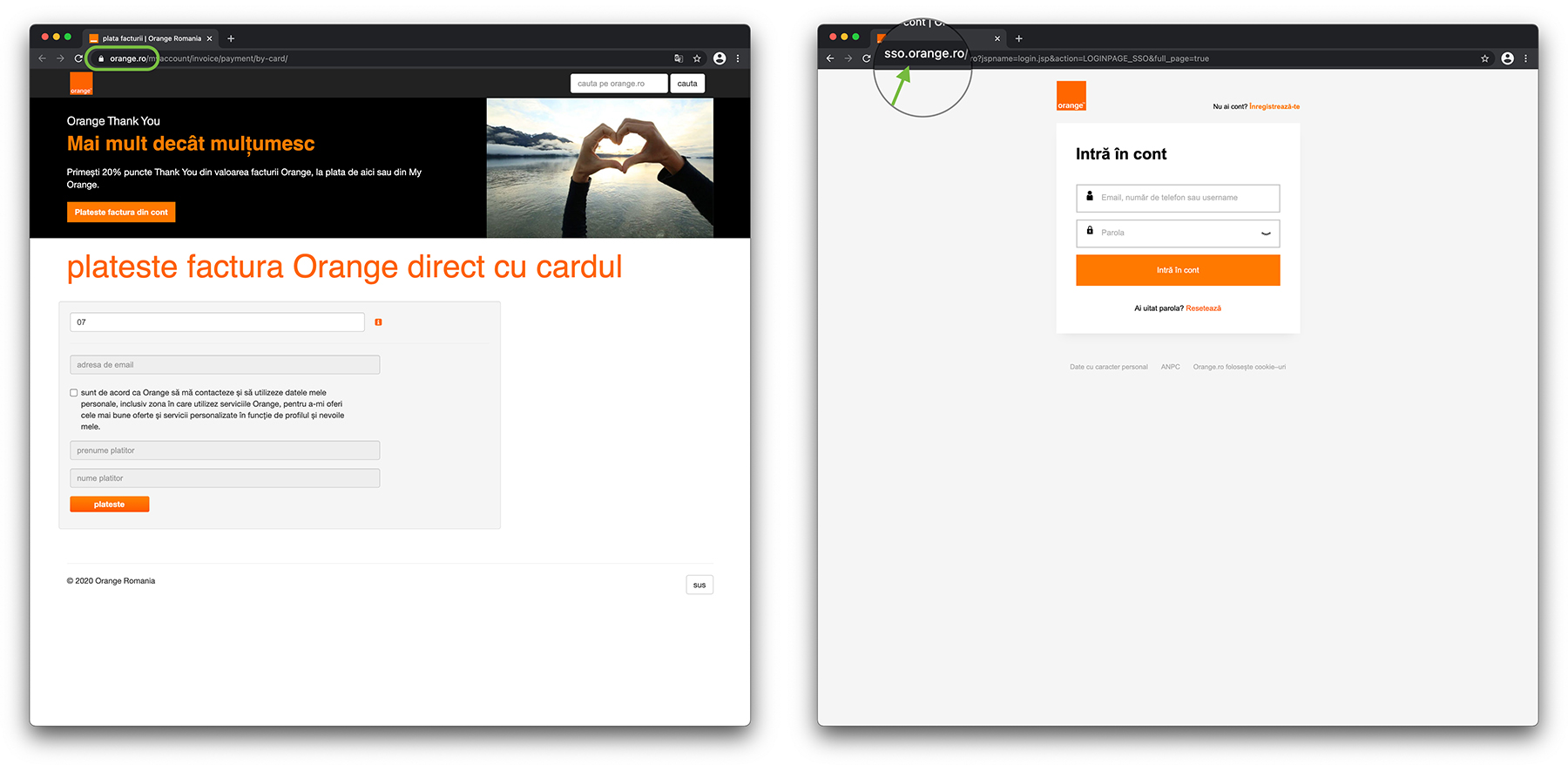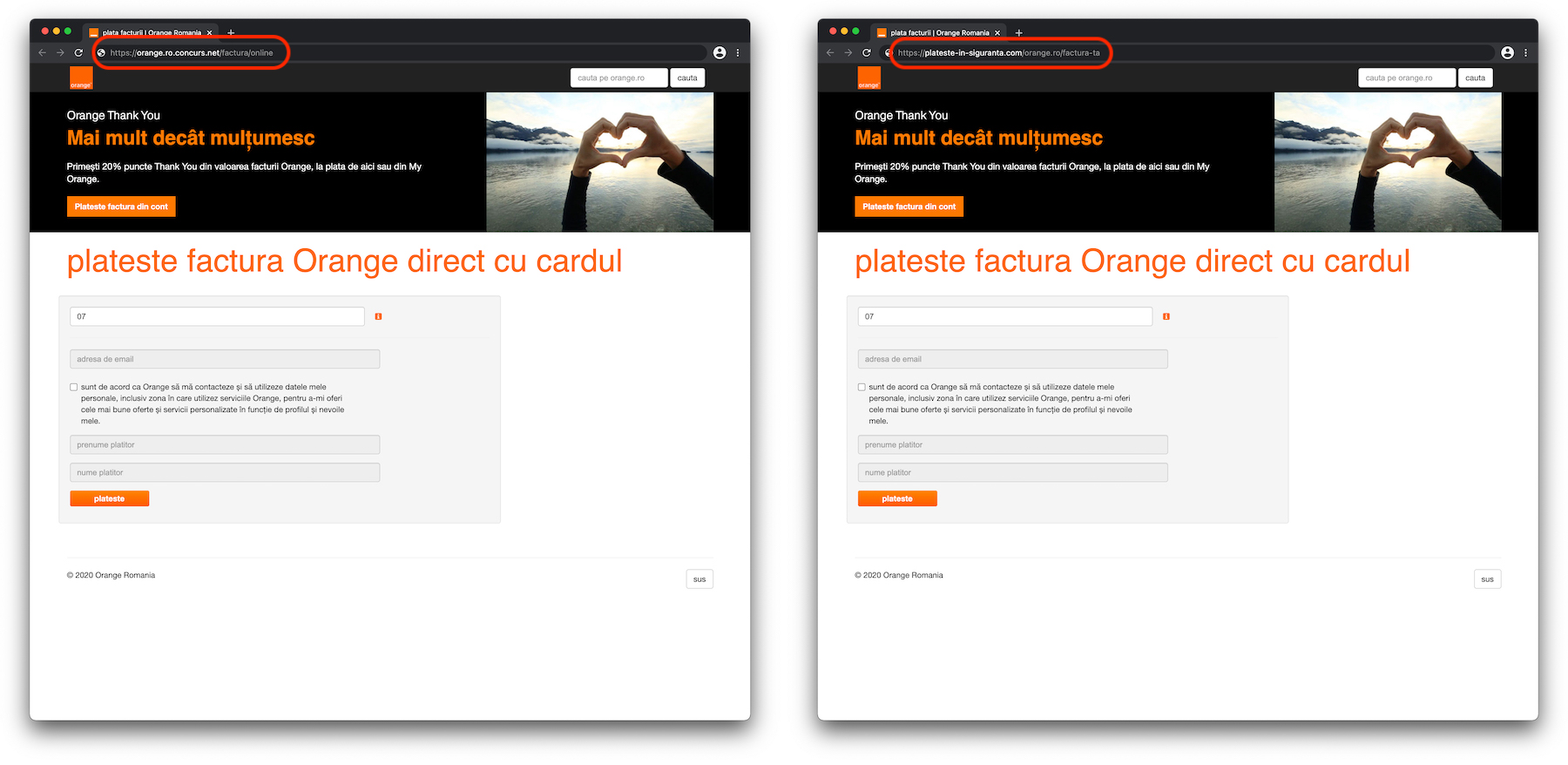How do we find out if a site (web page) wants to steal our bank card data or is it reliable? Pay safely!

I have recently seen a lot of news with people who woke up No money in bank accounts After they have entered their Bank card data On various online stores, posting platforms ads for sales and other websites.
Apart from the malicious people who practice these theft techniques online (phishing scam), it is very difficult to find a culprit. I would say that the fault is the one who provides the data sensitive to sources (web addresses) that did not check them before and that it was Too naive. In reality, most people Fraudate online They are of second or even past, which in the years of learning and discovering new things, the Internet did not exist or was limited to a dial-up connection for a chat. Not even in the 1970s – '80 online payments. In many countries, and in the 1990s online payments was an unknown. So it is that we still find huge queues at Payment of housing taxes, cars and land, endless queues when changing subscriptions for providing electricity and gaze, queues at the branches of other services that also offer online alternatives.
With a minimum baggage of knowledge we can make online payments and safety and save the time spent at the queues at Ghisee.
How can we avoid entering the data bank card on a fake site?
Before we can protect ourselves from a danger, we must know its features by which we can identify it. If on our way we see a fire, we know that the proximity to the fire causes us burns, and the advancement on that road can only be done after the fire is extinguished. I do not know if I chose the best example, but in the same way we must also do online to keep us from the dangers that are more and more.
The most common method of online fraud is through Cloning the web page of a service provider. From the web pages of mobile operators and to the web pages of banks or public institutions, they have been cloned and sent to users through various communication channels for the clear purpose of alpha personal data or information about bank accounts. If you receive a link (address of a web page) on Messenger, WhatsApp, SMS or e-mail, in which you are requested to click and enter personal data, check very well If the address you reach is the correct one, of confidence. Most of the time the links that came on Messenger, WhatsApp and SMS they are of some pages for online fraud. Very few service supplies send customers to e-mail links, and if you are a subscriber to such a service, it is good to check very carefully on which web address you have arrived, before entering the card data for the payment of an invoice.
An internet user with an average amount of online knowledge, most of the time, would immediately realize if it is a fraud attempt or not. First of all, A cloned web page must be hosted on a web address (domain name). Even if the criminals can make a web page identical to that of a service provider or a bank, they cannot use and the legitimate domain name of the supplier.
SA copy Scenario of Subscribers Orange Romania, who wish to Pay an invoice online. It is not an example taken at random. I saw numerous links to phishing pages with Orange logo.
Orange subscribers have the opportunity to pay the invoices online via the web page, from the account My Orange, or from the mobile application (the safest solution).
When you choose to pay online, the web address you reach and enter your personal data must contain “orange.ro” Before the web domain ending. Careful! Before the end of the web domain. meaning a correct address can be of the form: orange.ro/my account, subdhumaniu.orice.orange.ro, SS0.orange.ro/wp/oro?jspname=login.etc.Click on the image below, in which you have example:
Next, two examples with web addresses that are not allege Romania and could host web pages for online fraud: “orange.ro.concurs.net/invoice/online” and “plateste-in-siguranta.net/orange.ro/factura-ta“.
Although both web pages look identical to the original ones and the web address links (URL) contain “orange.ro”, they are not hosted on orange.ro. In the first example, “orange.ro” It is composed of two subdomains linked to the domain “concurs.net”, and in the second, “orange.ro” It is part of extension of the web address, without having to contact the basic domain.
A user without experience could be misled very easily, if he does not know these simple safety elements.
A more complicated aspect to explain to a novice is Redirect to the web page of the online payment processor. Many service providers use Third companies for processing online payments. Here we include Online stores that accept card payment.
What does this mean? Well… When an online store or service provider wants to offer customers the opportunity to pay with the card, most of the times the company that owns that store does not have the necessary authority and infrastructure to request the clients card data. The store will conclude a contract with an online payment processor, which will have the obligation to verify if the web address of the online store and the owner complies with safety, transparent and standards Good practices for online payments with bank card. Make sure you pay online with the card you are redirected to the real web pages of the processors. Most of the time, in Romania, they are payu.ro and euplates.ro.
How do we find out if a site (web page) wants to steal our bank card data or is it reliable? Pay safely!
What’s New
About Stealth
Passionate about technology, I write with pleasure on stealthsetts.com starting with 2006. I have a rich experience in operating systems: Macos, Windows and Linux, but also in programming languages and blogging platforms (WordPress) and for online stores (WooCommerce, Magento, Presashop).
View all posts by StealthYou may also be interested in...




One thought on “How do we find out if a site (web page) wants to steal our bank card data or is it reliable? Pay safely!”
>>Most fraudulent people on the Internet are in the second century or even in the past
And this is what it is, because probably not in Polish.